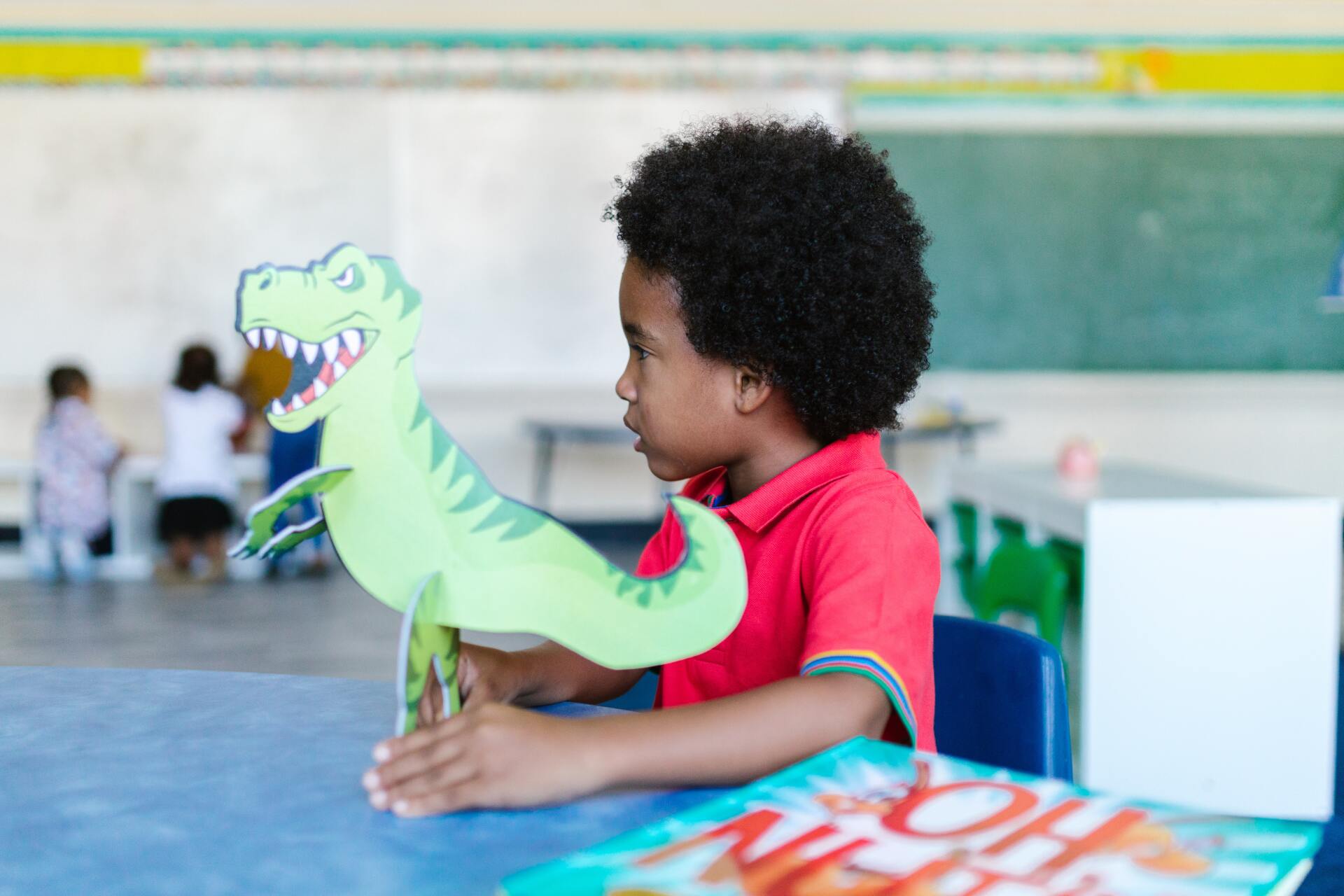
Photo from an article appears in the Fall 2019 issue of MontessoriPublic — Print Edition.
Black families have a rich history with Montessori education. This connection began early in the movement's history in the United States. African American educators saw Montessori's philosophy as an alternative to segregated public schools, offering a focus on self-directed learning and valuing each child's potential. A notable example is Dr. James Anderson, who attended the first Montessori teacher training course in the US in 1947 and founded the first Montessori school for Black children in Washington, D.C. in 1950.
In 1948, eight-year-old Alexander Williams began attending Montessori school in New York City through a program called the Children’s Day Nursery of Harlem. At the time, he was one of only two African American students in his Montessori preschool class. Nearly a century before Alexander first played with the pink towers and golden beads, Black educators in the United States were introducing Montessori education to their own children.
Maria Montessori, an Italian physician and educator who changed the face of education worldwide, developed a method of teaching that focused on allowing children to develop naturally. She believed children should be able to choose their own activities and work independently rather than being forced into a rigid academic schedule. Her theories were so revolutionary at the time that she was denied permission to open her first school in Italy because it was considered un-Christian for children not to learn facts by rote memorization.
Montessori schools are known for their use of colorful materials such as blocks and shapes in different colors, which students can manipulate with their hands as they learn about math concepts like addition or subtraction; however these materials are also used as part of language instruction (including phonics) by having students trace letters with their fingers on top of colored beads representing each letter sound until they've mastered reading entire words (and sentences). While this may seem overly simplistic today, when Maria Montessori first opened her school in 1907 there were no other options available for those who wanted an alternative method for educating young learners outside homeschooling families.
Many may mistakenly think that Black parents are newcomers to the Montessori movement. However this article proves otherwise.
In the early 1800s, prominent African Americans such as Frederick Douglass, Sojourner Truth and W.E.B. Du Bois were strong advocates of progressive education which included Montessori methods.
A Black Montessorian tradition began with the first AMI course in the United States, given in 1947. Dr. James Anderson, a physician and instructor at Tuskegee Institute, was one of three African Americans attending the inaugural course. In 1950, Anderson founded the first Montessori school for African-American children in Washington D.C.
Futher prove of the Montessori method being used in black history is during segregation, some Black Montessorians opened racially integrated schools with support from white parents. After Brown v. Board of Education in 1954, despite a wave of newly desegregated public schools, the segregated system had not ended. Black parents committed to ending public school segregation, partnered with white allies to form private school alternatives like CHAMP, Inc.
In 1967, facing the imminent closure of her daughter's Montessori preschool program, Roslyn Davis Williams (along with other parents) founded the Central Harlem Association of Montessori Parents (CHAMP, Inc.) CHAMP was one of several organizations formed by Black educators and parents during this period to promote Montessori education for children of color and in low-income communities throughout the country.
In the final analysis, we must remember that in this day and age, there remains a need for Black Montessorians. As the first school of its kind in Harlem, the Children's Day Nursery has served as a model for other institutions across the country looking to establish programs for their communities' children. By raising awareness about this important history, we can ensure that it continues on into future generations.


